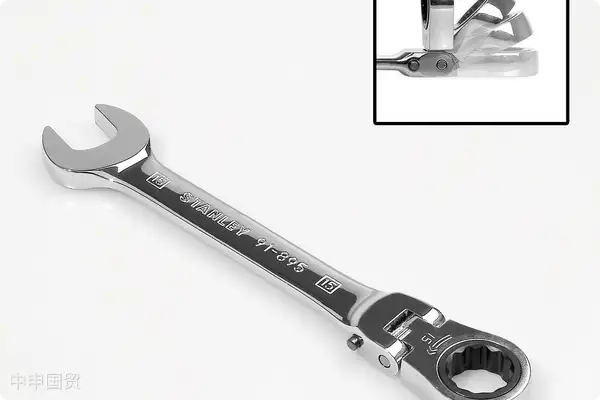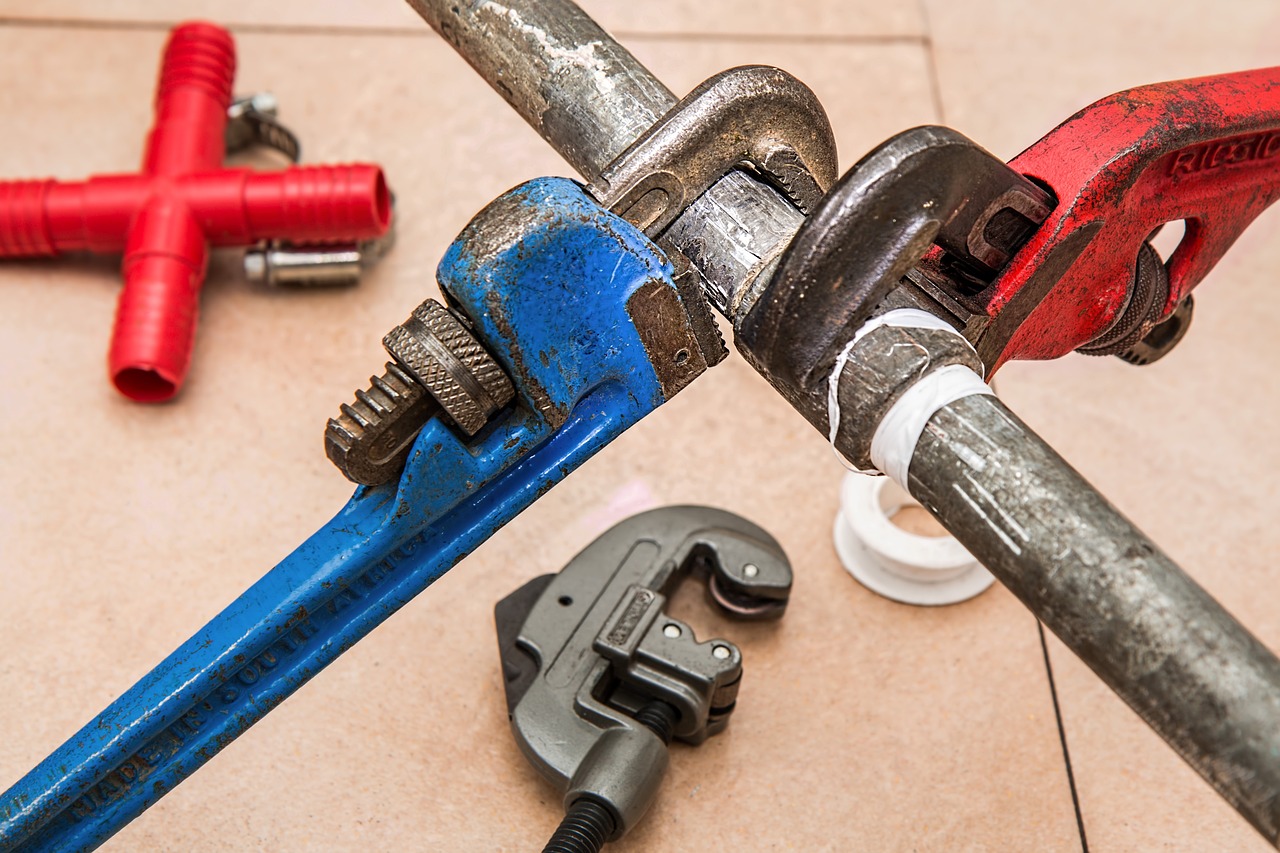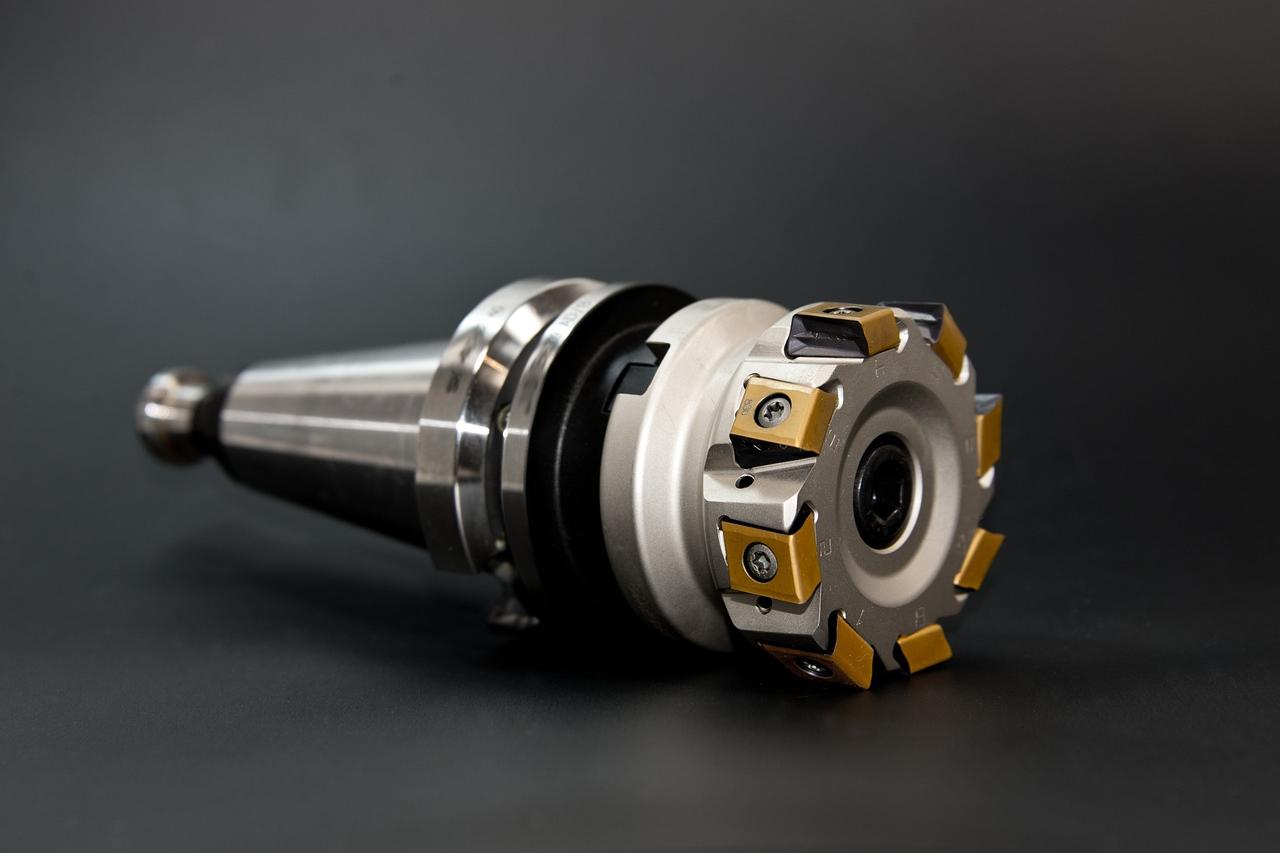- Shanghai Zhongshen International Trade Co., Ltd. - Two decades of trade agency expertise.
- Service Hotline: 139 1787 2118

Hardware & Toolsfor containers exported to the US: A Comprehensive Guide and Key Considerations for Safe Sample Shipping
Asforeign tradeservice expert with 20 years of industry experience, this article will systematically analyze the core points of clothingExport RepresentationAs a service company, we fully understand that sample shipping is a critical step in entering the U.S. market. Hardware tools, with their special materials and wide variety, require export processes that balance compliance and safety. This article willPre-preparation, Packaging & Shipping, Customs Clearance & DeliveryThree key stages: Detailed breakdown of sample shipping procedures and risk mitigation strategies to help enterprises efficiently penetrate the U.S. market.
Contents
ToggleI. Pre-preparation: Compliance and Documentation
1.Clarify product compliance requirements
- Certifications and Standards: The U.S. has stringent safety certification requirements for hardware tools, commonly including UL certification (for electrical tools), FCC certification (for tools with wireless functions), and CPSC (Consumer Product Safety Standards). For example, power tools must comply with UL 60745 standards, while hand tools must meet ASTM or ANSI specifications.
- Tariff Classification: Research the accurate HTS code (U.S. Harmonized Tariff Schedule) in advance. For instance, hand wrenches fall under 8204.11.0000, and electric drill bits under 8508.80.0000, ensuring the duty rate matches the declaration.
2.Document Preparation
- Commercial Invoice: Mark as Sample, No Commercial Value and declare a value below $800 to qualify for the U.S. de minimis exemption.
- Declaration of origin: If the samples are Made in China, include the origin label to avoid customs delays.
- Packing List: Specify sample quantity, weight, and material (e.g., metal composition) for smoother customs inspection.
3.Select compliant logistics channels
- Give priority to DHL/FedEx/UPS: SuchExpress Deliverycompanies offer door-to-door services and are familiar with U.S. customs procedures.
- Special tool handling: Power tools containing lithium batteries must pass UN38.3 testing and have a Class 9 hazardous material label on the outer packaging.
II. Packaging & Shipping: Damage Prevention & Tracking Management
1.Professional Packaging Solutions
- Shockproof Treatment: Metal tools are prone to damage from impact. Recommended to use foam lining + bubble wrap packaging. Heavy-duty tools require reinforced wooden crates (must comply with ISPM15 fumigation standards).
- Waterproofing & Labeling: Affix Fragile and This Side Up labels on outer boxes. Include moisture-proof bags inside (especially forMaritime Transportationsamples).
2.Logistics Insurance & Tracking
- Insure against transportation risks: Recommend purchasing insurance for high-value samples (e.g., professional-grade power tools) to cover loss or damage risks.
- Real-time Logistics Tracking: Monitor shipping status via tracking number with early alerts for exceptions (e.g., customs hold).
III. Customs Clearance & Delivery: Avoiding Inspection & Tax Risks
1.Pre-clearance Strategy
- Duty Prepayment (DDP Terms): Shipper assumes tariff costs to prevent sample detention due to recipients refusal to pay.
- Advance declaration: Submit electronic customs data through courier services (e.g., FedExs ACE system) to expedite clearance.
2.Handling Customs Inspections
- Prepare Supporting Documents: Include product test reports, certification documents, and purchase contracts (proving sample purpose).
- Quick response: If selected for inspection, provide requested documents within 24 hours to avoid storage fees.
3.Recipient Coordination
- Confirm Receipt Information: Verify US clients EIN (Employer Identification Number) and delivery address in advance.
- Receipt Confirmation: Require immediate inspection feedback upon delivery and maintain records for potential disputes.
Key Considerations & FAQs
1.Sample vs. Commercial Goods Threshold
- Recommended maximum of 3 samples per shipment to avoid US customs classifying as commercial goods with high tariffs.
2.Anti - dumping risks
- Certain metal tools (e.g., steel nails, toolkits) may be subject to US anti-dumping duties. Verify product inclusion on tax lists beforehand.
3.Return Shipment Contingency Plan
- Arrange the return process with the logistics company in advance to avoid high return shipping costs due to customer refusal.
Conclusion: Professional Services Empower Efficient Export
Sending hardware tool samples may seem simple, but it actually involves complex compliance and operational details. As a foreign tradeimport and exportservice provider, we offer businessesone - stop solutions, including:
- Certification Consulting: Assist with completing UL/FCC and other certifications;
- Door-to-Door Logistics: Customize DDP/DAP shipping solutions;
- Customs Emergency Handling: Quickly resolve inspection issues.
For further understanding of U.S. market access strategies, feel free to contact our expert team to help you accurately avoid risks and seize trade opportunities!
Focus Areas: Compliance for Mechanical Tool Exports, U.S. Market Customs Clearance Strategies
Contact Us: 139 1787 2118 / service@sh-zhongshen.com
Through systematic process optimization and risk anticipation, companies can significantly reduce sample shipping costs and build trust for future bulk orders.
Related Recommendations
? 2025. All Rights Reserved. Shanghai ICP No. 2023007705-2  PSB Record: Shanghai No.31011502009912
PSB Record: Shanghai No.31011502009912










